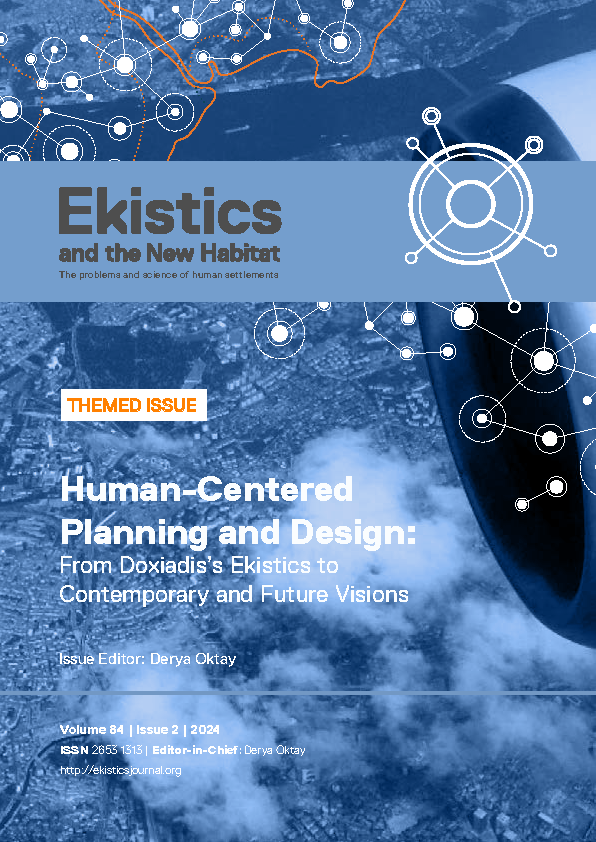Body Conscious Design and Urbanism
DOI:
https://doi.org/10.53910/26531313-E2024842704Keywords:
Body Conscious Design, chairs, posture, public space, seating reforms, sitting, urbanismAbstract
Sitting is distinctively urban; the practice of sitting in chairs increased in response to global industrialization and urbanization. Sitting is the foremost contributor to sedentary lifestyle, which has recently been proven to shorten life span. This article guides readers to re-think chair sitting from the perspective of Body Conscious Design. Section 1 reviews the anatomical and physiological problems of right angle chairs and of sitting in general. Section 2 briefly recounts the history of chairs dating back to neolithic times and analyzes historically significant chair designs that remain popular today. Section 3 offers postures and equipment alternative to sitting on chairs based on biomedical research and innovations in chair design, and our direct experience. It also describes ways to modify a regular chair when forced to use one. Section 4 focuses on sitting reforms for public urban spaces that exemplify more body friendly policy and design.
Downloads
Published
Versions
- 2025-10-07 (2)
- 2025-01-22 (1)
How to Cite
Issue
Section
Categories
License
Copyright (c) 2024 Ekistics and The New Habitat

This work is licensed under a Creative Commons Attribution-NonCommercial-NoDerivatives 4.0 International License.
Please contact the Editor-in-Chief: editor@ekisticsjournal.org, should you have any questions on copyright for your submission.
This research journal is for Educational and Knowledge development purposes.
All material published on this site complies with our copyright and terms as described by the Attribution-NonCommercial-NoDerivaties 4.0 International (CC BY-NC-ND 4.0)






